Recently, a friend told me she found an orange growing here in the Palouse region of northern Idaho.
Oranges …
in northern Idaho??
These weren’t naval oranges …
not Valencias …
not blood oranges …
They were something called “Osage oranges,” and they’re like nothing I’ve ever seen in Idaho or elsewhere.
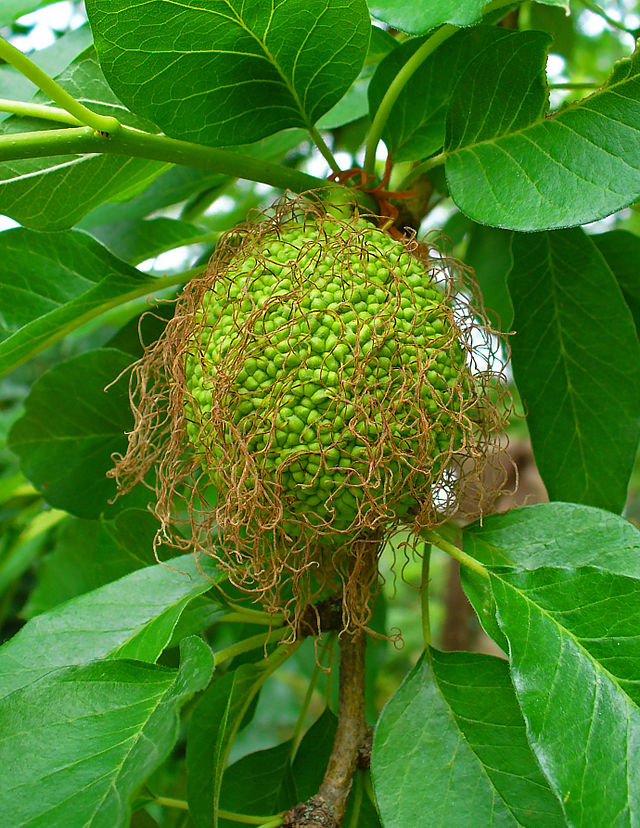
Photo by H. Zell via Wikimedia Commons
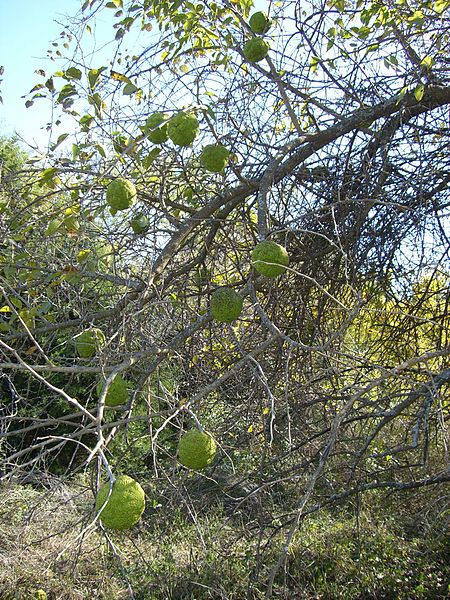
Photo by Gale French via Wikimedia Commons
Have you seen one or know of them? The Osage orange is not really an orange (it’s a member of the mulberry family), but it was named so because its bumpy surface resembles a green, unripe orange, and the Osage Indians were known to prize the tree for making their bows, sometimes traveling hundreds of miles to find the wood. In the early 1800s, a good Osage bow was worth a horse and a blanket. It’s also called a hedge apple, horse apple, or monkey ball.
The fruit isn’t poisonous to people or animals, but it isn’t usually eaten because of its extremely tough texture and bitter milky sap. But it’s thought to have been a food staple of the ancestors of the modern-day tree sloth— giant ground sloths that roamed North America before the first human settlements—who helped spread its seeds across the continent. Modern-day squirrels are also known to feast on the seeds.
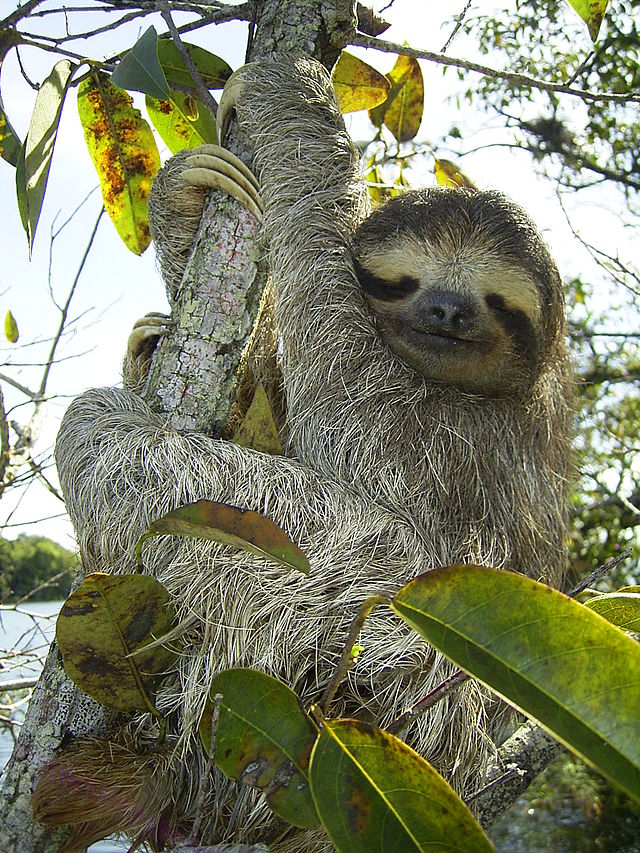
Photo by Stefan Laube via Wikimedia Commons
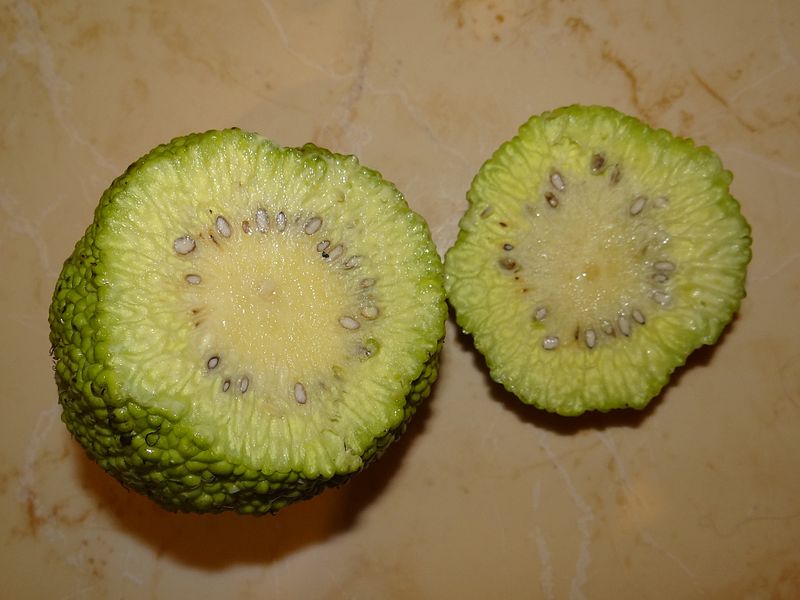
Photo by Mahieddine23 via Wikimedia Commons
In the early settlement days, it was planted in great numbers both as a field hedge (living fence) and a windbreak, then later was used as a source of durable posts for fencing. Before the invention of barbed wire in the 1880s, a good, aggressively pruned Osage orange hedge could be “horse high, bull strong, and hog tight.”
According to the U.S. Forest Service, “The Osage orange produces no sawtimber, pulpwood, or utility poles, but it has been planted in greater numbers than almost any other tree species in North America. It made agricultural settlement of the prairies possible (though not profitable), led directly to the invention of barbed wire, and then provided most of the posts for the wire that fenced the West.”
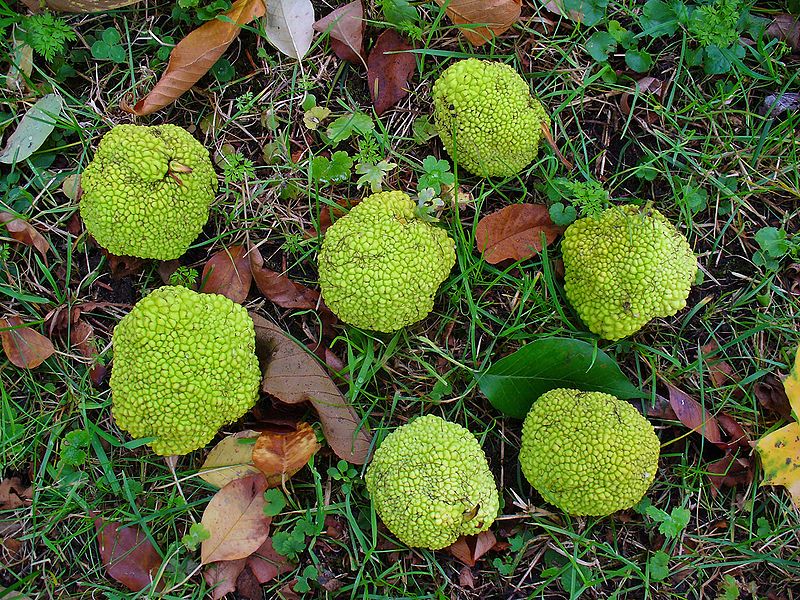
Photo by H. Zell via Wikimedia Commons





















































Where I live in the Midwest we call them hedgeballs. There isn’t proof but the more mature farmwives will place them in the basement to keep the spiders away.
I will have to try that.
There was this discussion about these type of oranges over on the Chatroom back in September, I think. I have never seen or heard of them either and they don’t grow down here. Apparently, there are lots of uses for them besides eating. They look unfriendly on the outside but the inside fruit is pretty like a Kiwi.
Another chatroom miss. I’m trying to make more time for the chatroom lately because otherwise I miss things I don’t want to be missing!
I was going to say the same as Lisa. I was having problems with spiders in my house, so my mom bought me several “ugly fruit” from our farmers’ market, to place around the house. The spiders didn’t all go away, but I sure didn’t have as many as I did before. I am thinking about getting more next year!
I don’t think I’ve ever seen one, or at least not with the fruit on it. I’d love to have a fence/hedge of them!
The photo of the smiling sloth made my morning. Thanks!
You hardly ever see osage oranges anymore. At least not in Pennsylvania where I live. They are considered junk trees by most now and they root them out and destroy them. Such a shame as they are part of our nation’s botanical, Native American, and colonial history. The strangely beautiful fruits pretty much keep forever and are often used by trendy decorators trying to make a statement in fall decor. My grandmother always kept them in a big porcelain bowl , on her carved chinese desk back in my childhood,( when they were still quite common). Didn’t know about the spider thing. They do have a pleasant but pungent odor.
The osage orange is the fruit of the bois d’arc tree that is common here in Texas (I am in Dallas). The wood is orange color and very hard. Please do not put the wood into your fire or fireplace because it explodes and sends sparks flying! Some people say you can place the horse apples or bois d’arc apples as they are also called to repel roaches, but this did not work for me. Our neighbor across the street has them in her yard. MB
I live in Oklahoma and they are native here. They are also called Bois d’ Arc, or Hedge apple. The wood is very hard and was used for fence posts. The Apple will keep cockroaches away if you put them in cabinets. I believe they are poisonous
Oh yes, these bring back childhood memories. I grew up in southeast Oklahoma where they were plentiful. The tree was called bodark (Bois d’ Arc) and the fruit was the horse apple. We never ate them but my brothers used them like snowballs, ouch! Can’t remember if my Mom or Grandmother knew they repelled insects but did bring them in for decoration. Thanks for the memory! Blessings, Cathy
Here in Texas and Oklahoma we call them horse apples. They have been used to deter insects by many people. They look nice in arrangements in the fall, however they do not last long inside and become sticky after a few days.
I have also seen them sliced and dried and used in floral arrangements.
We have them in Ohio. I have lived in both southwest and northwest Ohio and they are called Hedge Apples here.
The osage orange trees will in fact grow in Northern Idaho. I purchased some seeds about 15 years ago after a relative told me about the trees he had seen back in the mid west. It took me several years to figure out how to get them to survive up here. When I first started out I kept the trees well watered until fall. The problem was that the trees just kept growing and when winter hit the wood had not hardened off and the they would die back to around 6 inches tall. Once I stopped providing water, around the first of August, the trees would stop growing and harden off for winter. I have around 200 trees growing now and have just started getting fruit.
Wow, that’s incredible. I think I’m going to give it a whirl.